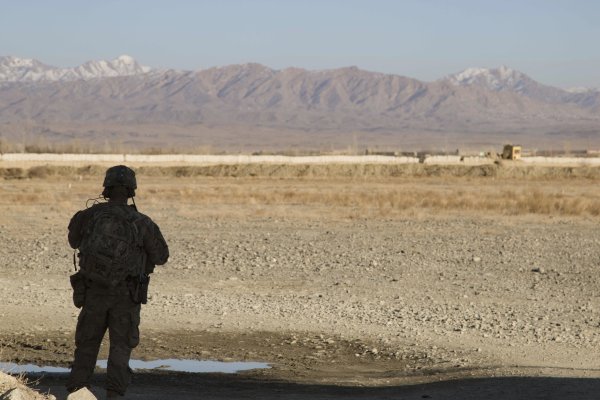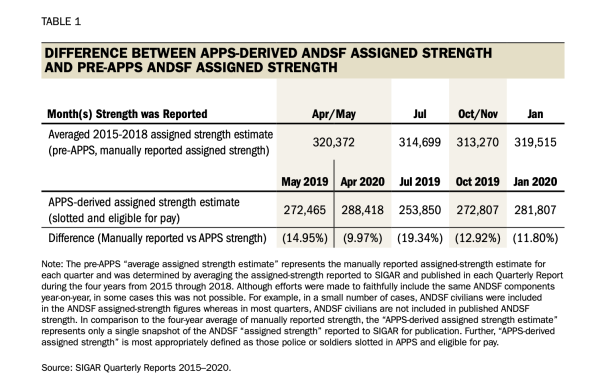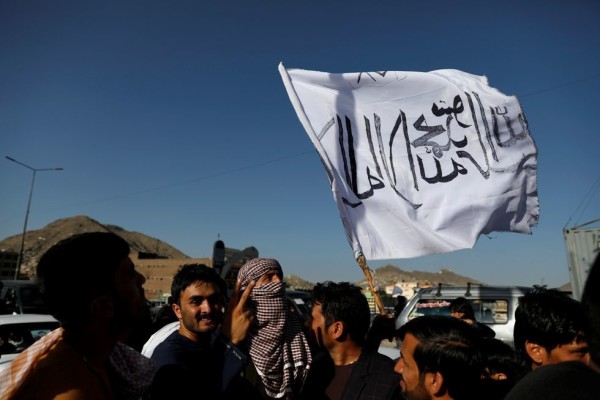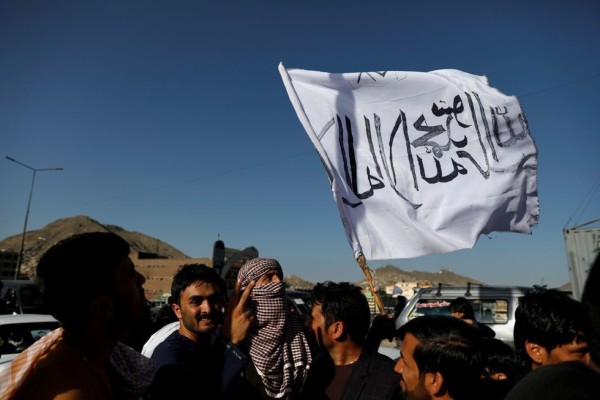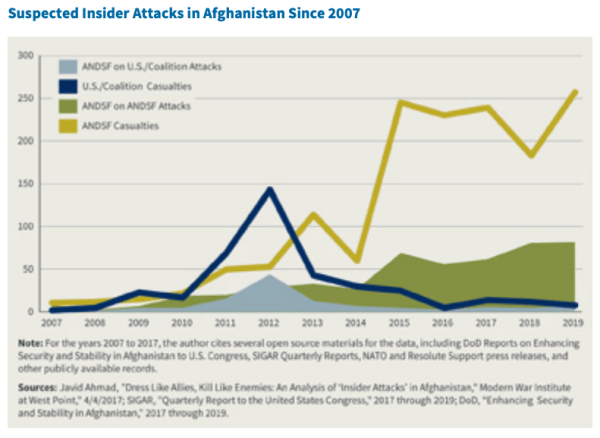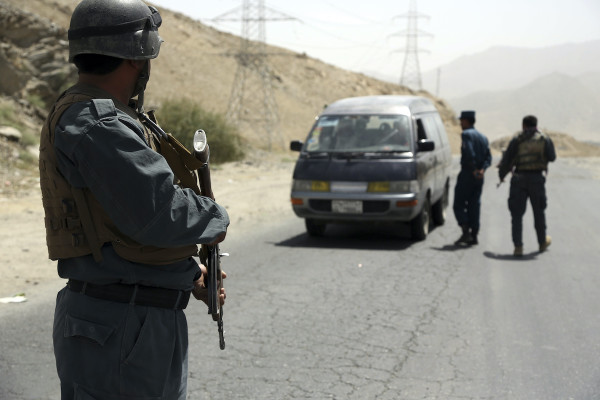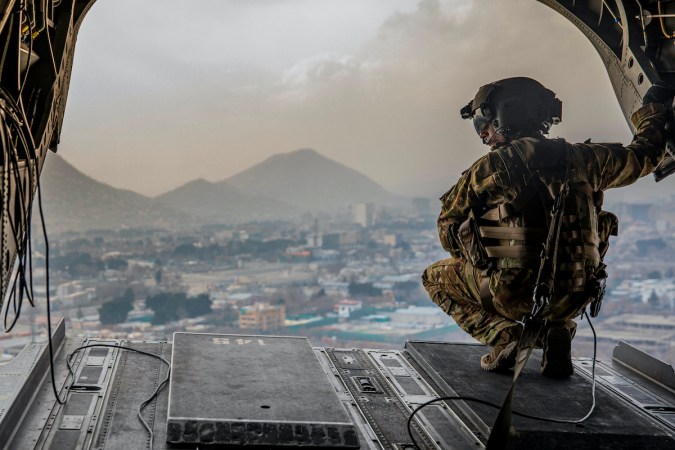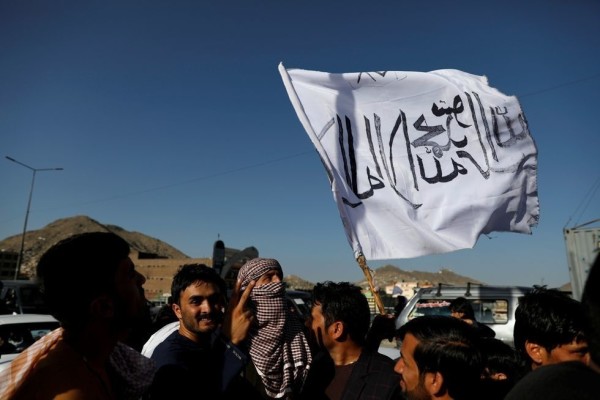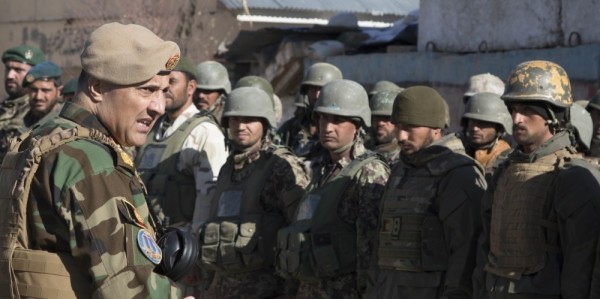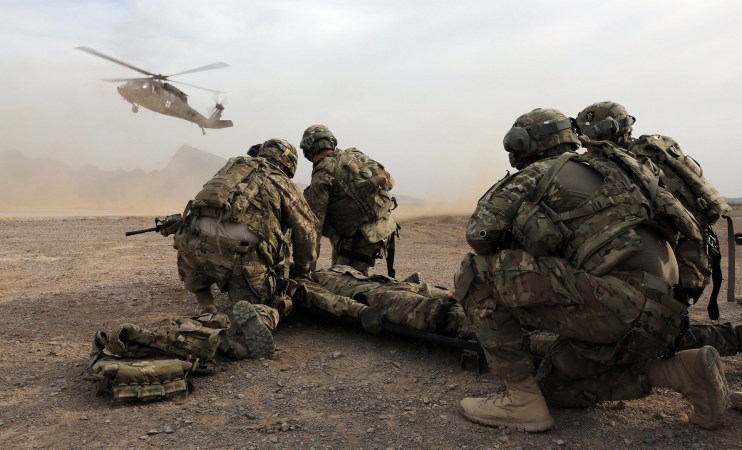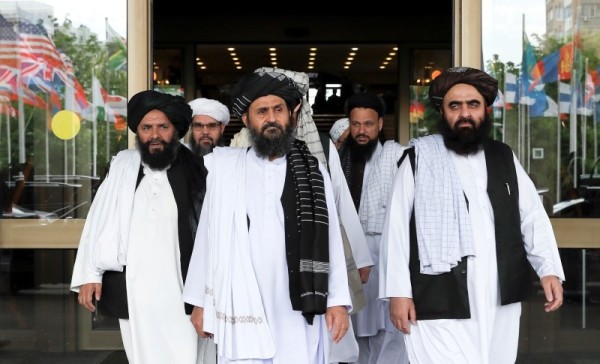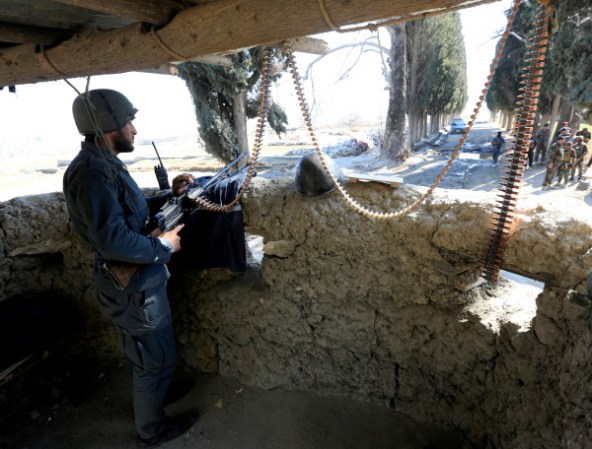The Taliban launched more attacks across Afghanistan in during the last three months of 2019 than during the same period each year since the U.S. first started collecting data back in 2010, according to a new report from the Special Inspector General for Afghanistan Reconstruction.
The Taliban launched an eye-popping 8,204 attacks in the fourth quarter of 2019, a 17 percent increase over the 6,974 attacks launched in the same time period during the previous year, according to SIGAR’s latest quarterly report on security and reconstruction efforts in the country.

(Special Inspector General for Afghanistan Reconstruction)
The SIGAR report indicates that effective Taliban-led attacks spiked in the fourth quarter of 2019 following the breakdown of peace talks with the United States in September and the Afghan presidential election later that month, with enemy activity spreading into northern and eastern Afghanistan.

(Special Inspector General for Afghanistan Reconstruction)
It’s unclear if this uptick in attacks led to any major changes in the Taliban’s territorial holdings in Afghanistan, especially since the U.S. government earlier this year halted its regular assessment of how many districts the terror group currently controls across the country.
According to the last SIGAR report to contain such information, the Afghan government lost seven more districts in the closing months of 2018, reducing its overall control of the country to just 53.8 percent with 12.3 percent of districts under insurgent control and another 33.9 percent “contested.”
According to a more recent assessment from the Foundation for Defense of Democracies’ Long War Journal, the Afghan government only controls 33 percent of the country’s districts, with 19 percent under insurgent control and an eye-popping 48 percent contested.
The SIGAR reports comes amid news that the U.S. military dropped more munitions on targets across Afghanistan in 2019 than during any other year stretching back to at least 2009, part of a move by U.S. Forces-Afghanistan in the fall of 2018 to “intensify pressure” on the Taliban to participate in peace talks to end the 18-year-old war there.
Indeed, both President Donald Trump and Defense Secretary Mark Esper stated following the breakdown of peace talks that the U.S. military would continued to escalate strikes against the insurgent group in response to “heinous attacks that the Taliban and others conducted throughout Afghanistan,” as Esper told reporters on Oct. 4.
In December, the Taliban denied that the group had agreed to a temporary cease-fire with the U.S.-led coalition there despite reports to the contrary, stating that “the reality of the situation is that the Islamic Emirate has no intention of declaring a ceasefire.”
As of December 31, 2019, the U.S. government has appropriated nearly $86.4 billion to assist the Afghan government.
There are currently around 14,000 U.S. service members deployed to Afghanistan.




